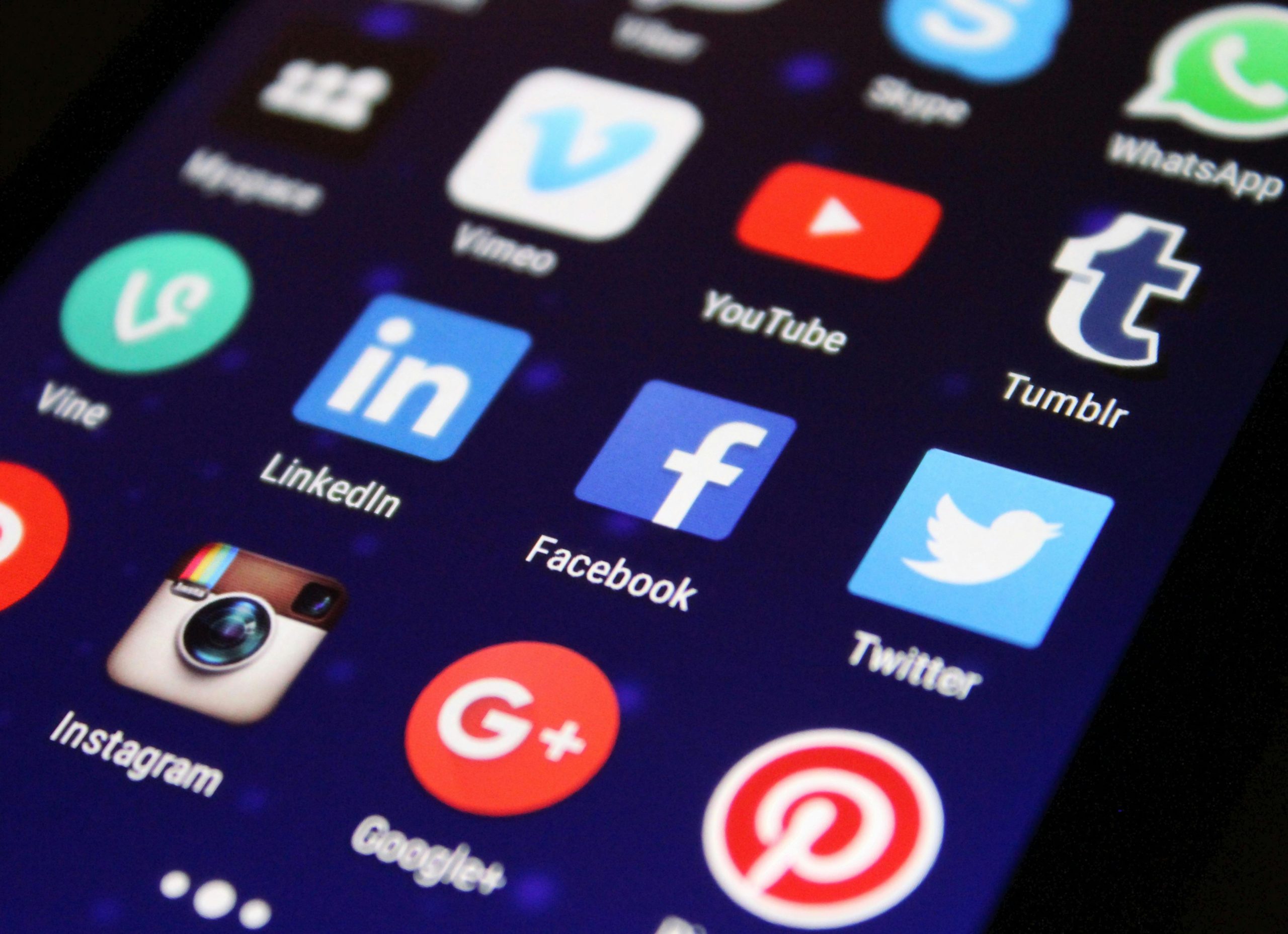Privacy settings, impersonation alerts, and recovery steps to protect your identity and your network.
Social media platforms are powerful tools for networking, branding, and staying connected. But they’re also prime hunting grounds for scammers. With just a few public posts, cybercriminals can impersonate you, manipulate your contacts, and even gain access to sensitive data. If you use Facebook, Instagram, or LinkedIn, you’re at risk — but you can drastically reduce that risk by applying smart, proactive steps.
This guide gives you practical, everyday actions you can take to protect your profiles and reduce your vulnerability.
🔐 1. Tighten Your Privacy Settings Immediately
Facebook:
- Go to Settings → Privacy.
- Set “Who can see your future posts?” to Friends only.
- Review your past posts and limit their visibility to Friends or Only Me.
- Turn off Face Recognition under Face Recognition Settings.
Instagram:
- Switch to a Private Account (Settings → Privacy).
- Turn off Activity Status (Settings → Privacy → Activity Status).
- Block tags from strangers under Tags → Manually Approve Tags.
LinkedIn:
- Set your profile visibility to Connections only under Settings → Visibility.
- Limit who can see your email, connections, and activity status.
- Turn off public profile visibility if you’re not job hunting.
Why this matters: Scammers often scrape your data to build fake profiles or tailor phishing messages. Keeping your details private cuts off that fuel.
🧑💻 2. Beware of Profile Impersonation – It Can Happen to You
Scammers may clone your profile, steal your photo, copy your name, and send connection requests to your friends and family.
Warning signs:
- Friends say, “Why did you send me another request?”
- You see a version of your profile with a slight name change.
- You’re locked out of your own account (worst-case scenario).
How to react fast:
- Report the fake profile immediately using the platform’s tools.
- Ask friends to report the impersonator too — this speeds up removal.
- Announce the impersonation publicly so others don’t fall for it.
🧠 3. Recognize Suspicious Messages
Scammers can send you:
- “Hi, I saw your profile and I’m interested in a business opportunity…”
- “You’ve won a prize, click here.”
- Fake job offers or crypto investments via LinkedIn DMs.
- “Your account will be deactivated unless you log in here.”
What to do:
- Never click links from unknown contacts.
- Don’t reply to messages that sound “off,” even if it’s from a friend — they may be hacked.
- Verify by asking your contact through another platform or phone call.
🔒 4. Activate Two-Factor Authentication (2FA)
This adds a critical layer of defense in case someone gets your password.
How to turn it on:
- Facebook & Instagram: Settings → Security → Two-Factor Authentication.
- LinkedIn: Settings → Sign-in & Security → Two-step verification.
Use an authenticator app (like Google Authenticator or Authy) instead of SMS for better protection.
📩 5. Keep Your Email and Phone Private
These are primary targets for account recovery — if a scammer has them, they can potentially reset your password.
- On Facebook, Instagram, and LinkedIn, hide your email address and phone number from public view.
- Create a separate email for social media that you don’t use elsewhere.
🔄 6. Be Ready to Recover Your Account
If your profile is ever compromised, speed is crucial.
Steps to take immediately:
- Try to log in and reset your password.
- Use the platform’s recovery tools:
- Facebook: facebook.com/hacked
- Instagram: “Get help logging in” from the login screen.
- LinkedIn: linkedin.com/help/linkedin/ask/TS-RVT
- Notify your contacts not to interact with the scammer.
- Report the account as compromised.
🧰 7. Bonus Tools for Extra Security
- Bitdefender or Norton browser extensions can block phishing sites.
- HaveIBeenPwned.com lets you check if your email has been in a breach.
- Use a password manager (like 1Password or Bitwarden) to generate strong, unique passwords.
🧠 Final Advice: Stay Vigilant
You don’t need to delete all your social media profiles to stay safe — but you do need to take control of them. Scammers are fast, automated, and persistent. But being proactive about privacy, recognizing warning signs, and knowing how to react will give you a major advantage.
🆘 Need Help?
If your social profile was compromised or cloned — or you fell victim to a social media scam — don’t panic. You may still have options to recover your data, protect your identity, and stop further damage.
📧 Email us at info@fast-recover.com
We’re here to help you take back control, step by step.


